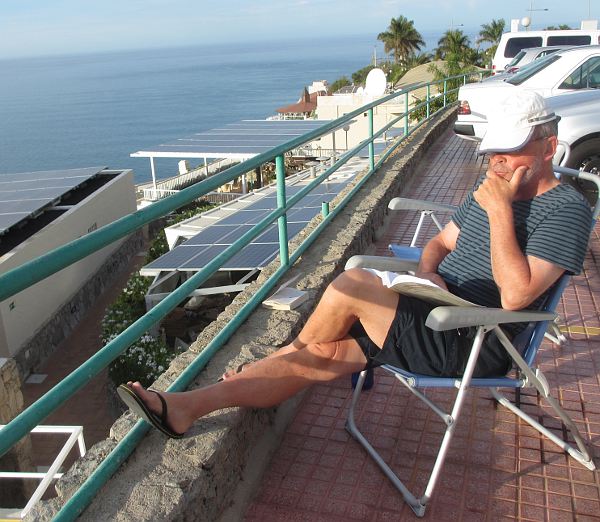Den katolske Kirke har ennå ikke blitt ferdig med overgrepssakene, selv om det nå er 15 år siden oppvasken for alvor begynte i USA og enkelte andre land. Jeg forstår at det fortsatt pågårrettssaker i enkelte bispedømmer i USA, og nylig var det en stor høring i Australia, der kardinal Pell ble intervjuet ganske så grundig. John Allen skriver om dette, bl.a.:
… Pell, the Vatican’s top financial officer, was giving testimony about his response to abuse cases in the city of Ballarat, where his priestly career began and which has been an epicenter of Australia’s abuse scandals, and also about his time as archbishop of Melbourne from 1996 to 2001. He appeared via a video link from Rome, after a heart condition made the long flight home inadvisable.
The four-day hearing was not a walk in the park, and Pell undeniably took some hits.
Over and over, he insisted he was not aware of what he conceded was a “world of crimes and cover-ups” regarding pedophile priests, that he, too, had been deceived, and that at most he was guilty of being insufficiently curious. …
… Yet against all odds, there are five ways in which Pell actually may emerge in a stronger position from this experience.
First, the lengthy examination failed to produce any new “smoking gun” proving that Pell had direct knowledge of abuse and covered it up. He did admit to one instance in 1974 of being told by a student that a priest at a local school was “misbehaving with boys,” but said the student did not request action.
If there was such a bombshell, this surely would have been the moment in which it emerged.
By the end, the main charge seemed to pivot not on what Pell knew, but what he should have known — not what he did, but what he should have done. Those are serious questions, but there was no suggestion of any act that would rise to the standard of a crime, and the same questions could be asked of virtually anyone else who was in Ballarat at the time.
Second, Pell went through the strenuous process without complaint, agreeing to testify from 10 p.m. every night in Rome until 2 or 3 a.m. He was under no legal obligation to do so, which makes his cooperation meaningful.
Third, at the end Pell met with several of the 15-20 abuse survivors, relatives, and supporters who flew over from Australia for the hearing, with at least some coming away striking positive notes.
“I think he gets it,” said survivor Phil Nagle, who was abused by a priest in Ballarat while Pell was the vicar for education. “We talked about the future, not the past,” Nagle said. “We talked about compensation, about care, about what the future will be for us survivors and how the Church is going to help out from George’s level down.” That implies that Nagle sees a role for Pell as part of the solution, not just the problem.
Fourth, Pell pledged his support for the survivors and for recovery efforts from the abuse scandals, including offering to help create an Australian research center for abuse prevention and detection.
Fifth, at the end of the hearing, Pell did not use comments to journalists to issue laments about the unfairness of it all or to suggest that he’s some kind of martyr. …
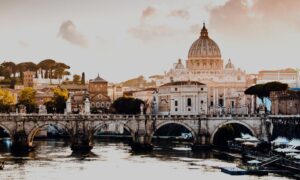
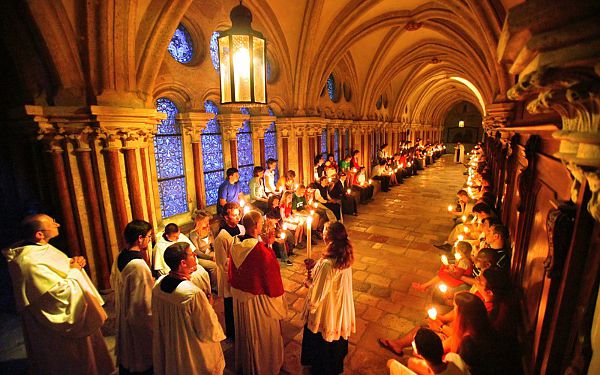
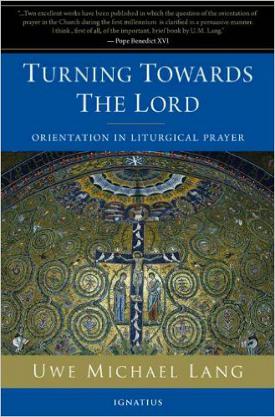 Den første av disse bøkene er Turning Towards The Lord av Fr. Uwe Michael Lang, og
Den første av disse bøkene er Turning Towards The Lord av Fr. Uwe Michael Lang, og 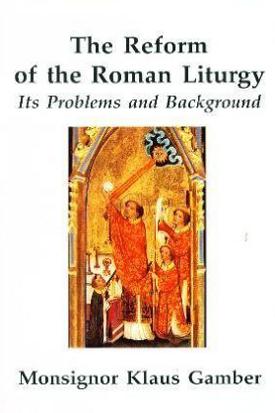 However, it would be wrong to align Gamber with traditionalists who draw a line at 1962, 1955, or even earlier, beyond which all change is anathema. Gamber is a critical liturgical historian, as shown by his precise and detailed discussion of the question of which way the liturgy should be celebrated, which comprises the second book in this volume.
However, it would be wrong to align Gamber with traditionalists who draw a line at 1962, 1955, or even earlier, beyond which all change is anathema. Gamber is a critical liturgical historian, as shown by his precise and detailed discussion of the question of which way the liturgy should be celebrated, which comprises the second book in this volume. 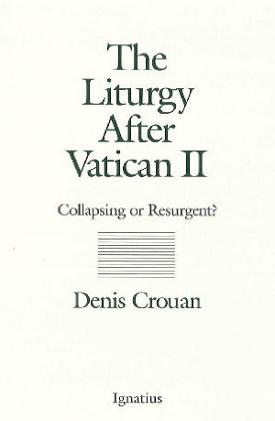 Den tredje og siste av disse kritiske bøkene er The Liturgy After Vatican II: Collapsing or Resurgent? av Denis Crouan.
Den tredje og siste av disse kritiske bøkene er The Liturgy After Vatican II: Collapsing or Resurgent? av Denis Crouan. 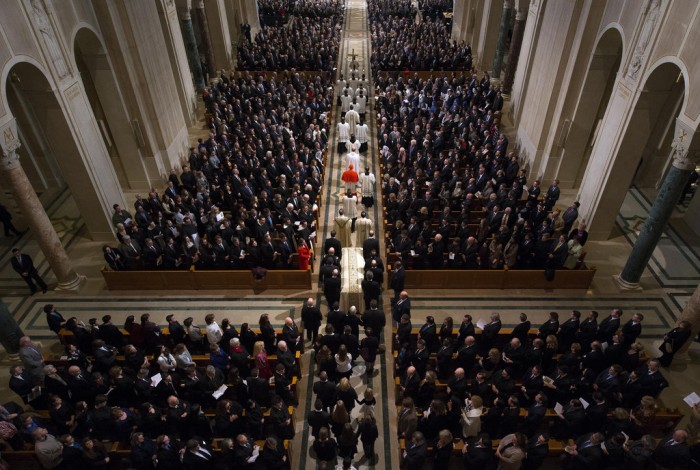
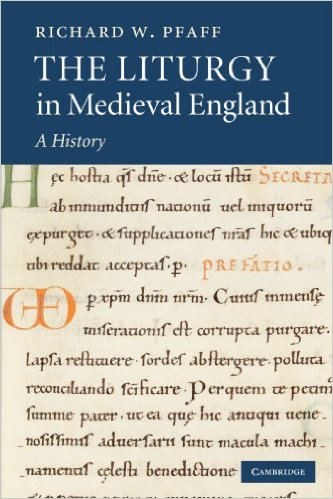
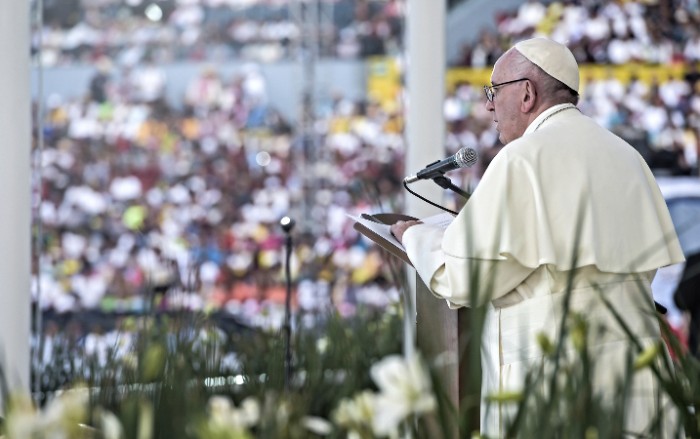
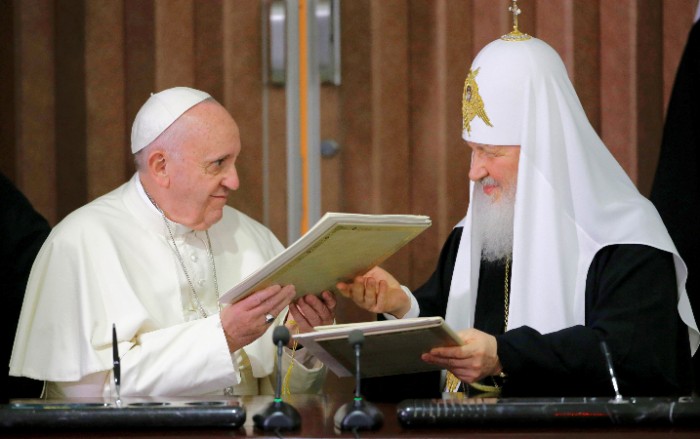
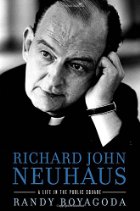 I dag har jeg lest ferdig ei bok som kom ut for akkurat ett år siden: Richard John Neuhaus: A Life in the Public Square Neuhaus har betydd mye for meg, helt siden 1991, da jeg begynte å lese det nystartede tidsskriftet
I dag har jeg lest ferdig ei bok som kom ut for akkurat ett år siden: Richard John Neuhaus: A Life in the Public Square Neuhaus har betydd mye for meg, helt siden 1991, da jeg begynte å lese det nystartede tidsskriftet 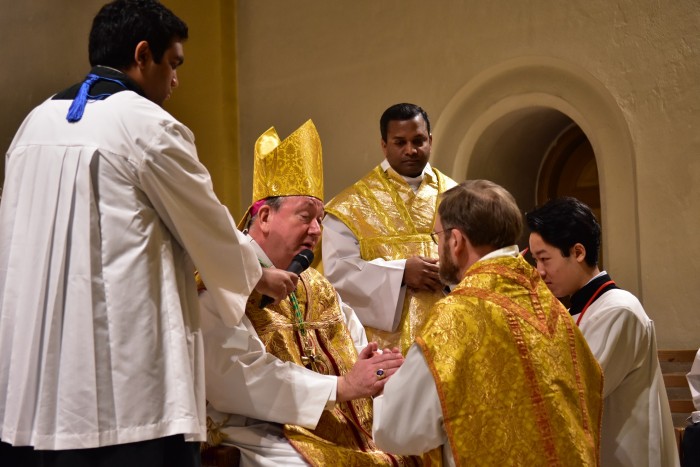
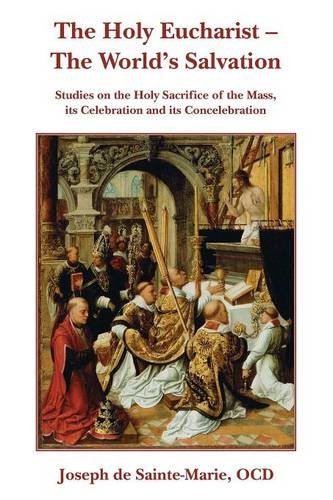 Jeg har lest ferdig boka The Holy Eucharist – The World’s Salvation, der forfatteren, Joseph de Sainte-Marie, OCD, er nokså kritisk til praksis som har kommet etter 1970 mht konselebrasjon av messen. Han er ikke mot konselebrasjon, og finner det bl.a. naturlig at prester konselebrerer med sin biskop ved spesielle anledninger, men han finner det ikke naturlig at mange prester skal konselebrere messer til stadighet, heller enn å feire egne messer. Han tar opp spørsmål som; blir ett eller flere messeoffer båret fram når mange prester konselebrerer en messe? Og han skiller tydelig mellom seremenoiell konselebrasjon (når f.eks. en biskop feirer messe med assisterende diakoner og en MC), og sakramental konselebrasjon (når flere prester deltar i konsekrasjonen).
Jeg har lest ferdig boka The Holy Eucharist – The World’s Salvation, der forfatteren, Joseph de Sainte-Marie, OCD, er nokså kritisk til praksis som har kommet etter 1970 mht konselebrasjon av messen. Han er ikke mot konselebrasjon, og finner det bl.a. naturlig at prester konselebrerer med sin biskop ved spesielle anledninger, men han finner det ikke naturlig at mange prester skal konselebrere messer til stadighet, heller enn å feire egne messer. Han tar opp spørsmål som; blir ett eller flere messeoffer båret fram når mange prester konselebrerer en messe? Og han skiller tydelig mellom seremenoiell konselebrasjon (når f.eks. en biskop feirer messe med assisterende diakoner og en MC), og sakramental konselebrasjon (når flere prester deltar i konsekrasjonen).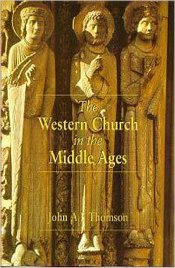 Western Church in the Middle Ages, skrevet John A. F. Thomson, var en ganske interessant bok, som tar for seg Kirkens historie i litt over 1000 år (fra 450 til 1515) – selv om den omtalt en hel del ting som jeg visste fra før.
Western Church in the Middle Ages, skrevet John A. F. Thomson, var en ganske interessant bok, som tar for seg Kirkens historie i litt over 1000 år (fra 450 til 1515) – selv om den omtalt en hel del ting som jeg visste fra før. 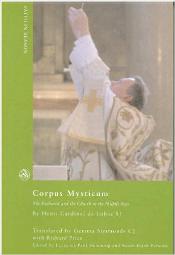 Kardinal Henri Lubac, SJ, utga denne boka (på fransk) i 1944, men så vidt jeg forstår kom det ikke noen engelsk oversettelse før i 2011.
Kardinal Henri Lubac, SJ, utga denne boka (på fransk) i 1944, men så vidt jeg forstår kom det ikke noen engelsk oversettelse før i 2011. 